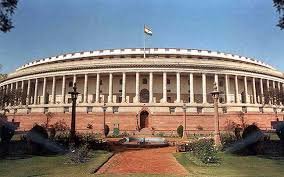By Our Special Correspondent
New Delhi, Oct 03 (IVC) Over the past five years, 351 persons were killed and 970 suffered injuries in 200 consequential railway accidents, data revealed by the Indian Railways across 17 railway zones in response to a Right to Information ARAs
Meanwhile , the Railway Minister , Ashwini Vaishnaw while inspecting the Kolkata-based railway Public Sector Unit (PSU) Braithwaite and Company on Oct 02 said that while 10 years ago there were 171 accidents per year, this has come down to 40 accidents per year now. The Railways has disbursed Rs 32 crore in compensation during the five years -2019-20 to 2023-24 . Of this amount, Rs 26.83 crore had been given to the next of kin of those killed in train accidents and Seven crore rupees those who were injured.
The Railways defines a consequential train accident as one which has serious repercussions, including injuries, loss of life, disruption of rail traffic and damage to rail property. The accidents can include derailments, collisions, fire and so on.
As many as 297 persons were killed and 637 injured in 10 consequential accidents in the South Eastern Railway zone, including the Balsore triple-train tragedy in June last year. This was followed by the East Coast Railway, which saw 15 accidents that caused 20 deaths and 79 injuries. The most grievous of them was the Kanchanjuga Express Train accident in July this year that claimed 10 lives. In Central Railway, there were 22 accidents with one death and two injuries.
In Eastern Railway, there were 12 accidents with one death and nine injuries while East Central Zone saw 18 accidents with eight deaths and 33 injuries. In the North Central Zone, 21 accidents were reported which caused two deaths and 49 injuries, while the Northern Railway reported 25 accidents with five deaths and five injuries.
The South Central Railway reported 12 accidents with one death and 26 injuries, the South East Central Zone reported nine accidents with three deaths and six injuries.
The North Eastern Zone, Konkan Railway, South Western Railway and Southern Railway were among the safer zones with no casuaities.




